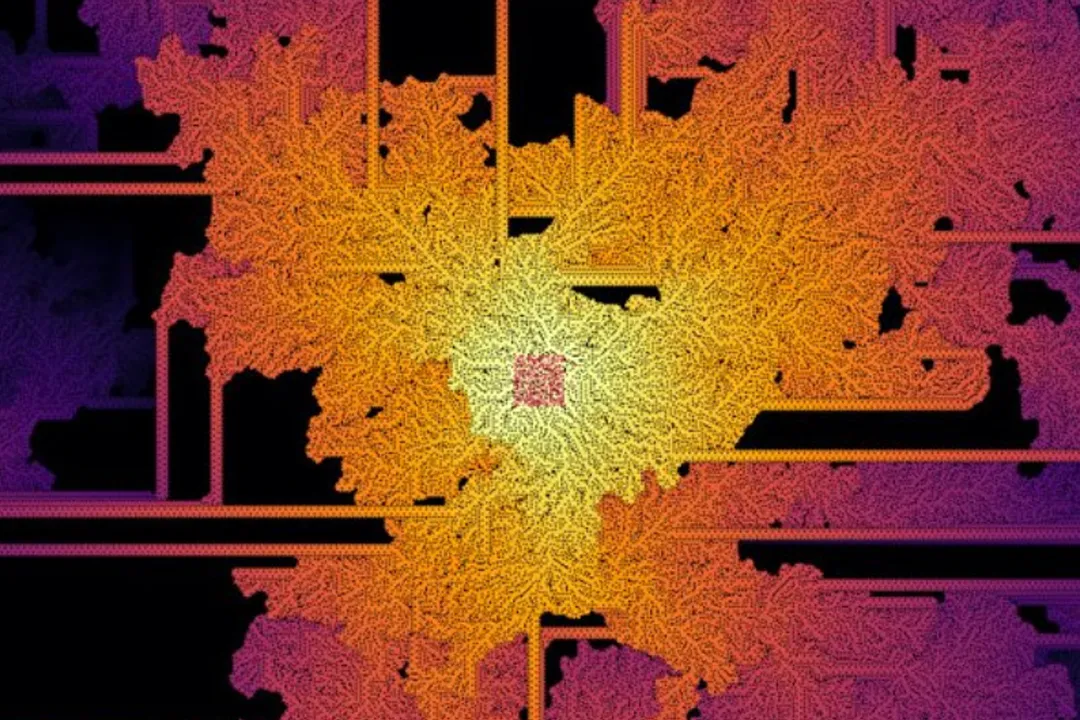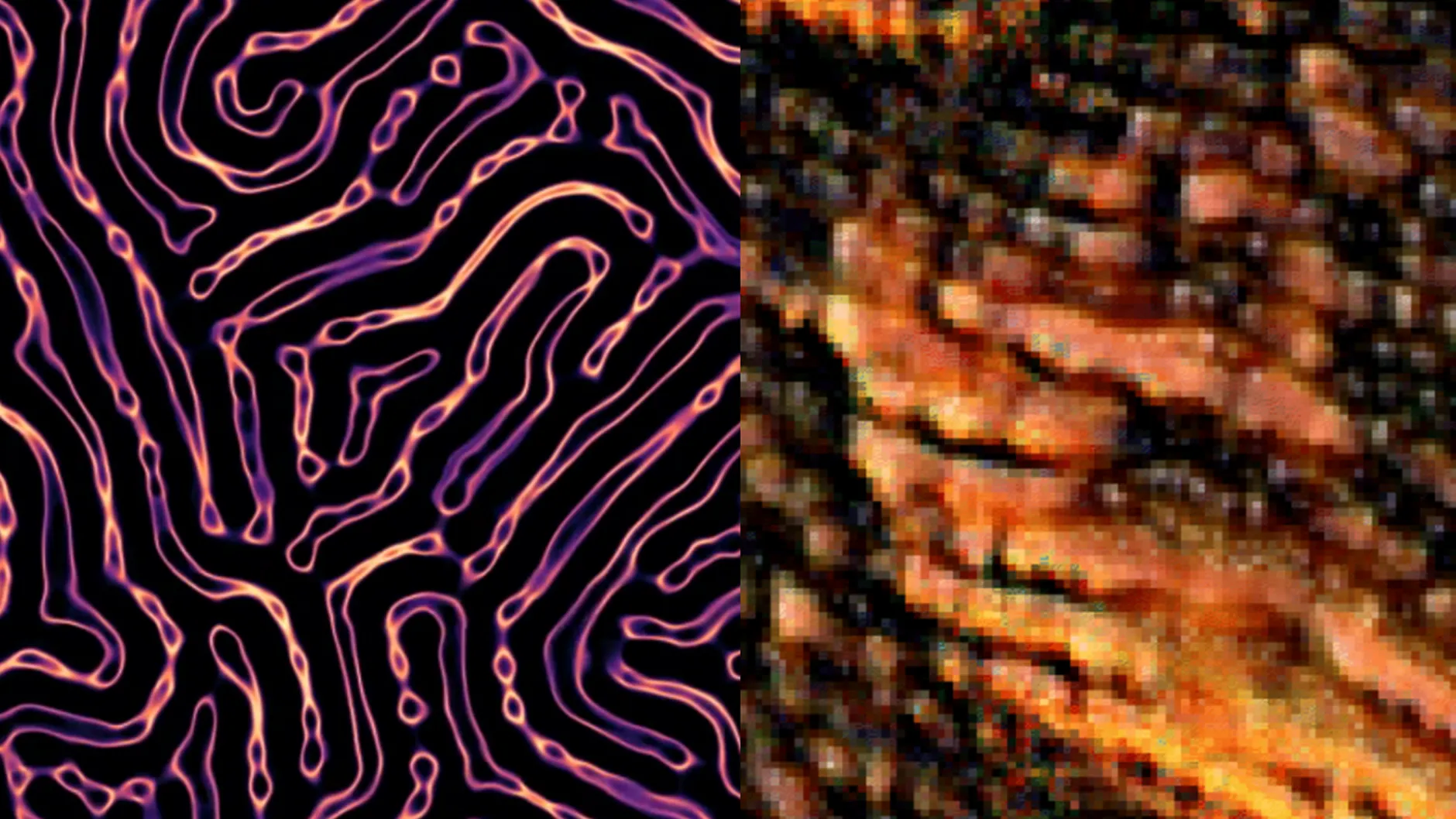Event Summary
Summer School as it Could Be

By tradition, Artificial Life is described in very broad strokes as the study of ”life as it could be". This philosophical orientation places the field as more complement than competition to traditional disciplines studying "life as we know it", somewhat limited by the singular example of life as it happens to be on Earth.
By practice, the tools and techniques of one "ALife researcher" and another can vary significantly. This diversity is readily apparent in the home departments of researchers attending ALife conferences, who may hail from nominal specialties ranging from complexity science and mathematics to sociology and philosophy.
Since the name was coined in 1980s New Mexico, ALife has differentiated itself from more conventional categories like physics, chemistry, mathematics, or biology. ALife practitioners may share methods, machines, and grant funding with these traditional fields, but for many the practice amounts to a theme or perspective that exists between or outside any given discipline.
Every so often there is an effort to codify grand challenges in ALife, and the debate about standardising the field remains relevant (and ongoing), but many of us hold the exploratory diversity of ALife as an essential feature not a shortcoming. Should ALife even want to be a standardised, categorical discipline like physics?

No matter where you fall in the debate about the evolution of ALife as a field, the nebulous boundaries do entail one thing: it's no easy task deciding where exactly to start when introducing ALife to new students. Last season's Cross Labs Alife Summer School (CLASS) was one attempt to do just that.
CLASS consisted of 4 in-person sessions, each lasting about 3 hours, held in the Cross Labs workspace in the center of Kyoto, about 10 minutes north of the 2025 conference venue. CLASS was completed by three secondary school students, and additional participants included visitors as young as 12 years old as well as community leaders and lifelong learners from the Kyoto community.
ALife is often partitioned into soft (as in software), wet (as in wet lab), and hard (as in robotics) projects. The activities in this edition of CLASS were largely of the soft variety—though students did build simple single-lens microscopes in one activity. Other projects included evolutionary strategies, reservoir computing for robotic control, neural cellular automata for generating textures, and exploring Life-like and elementary cellular automata in open source Golly software.

CLASS culminated with students designing their own experiment investigating the limits of biogenic planetary homeostasis in Watson and Lovelock's 1983 Daisyworld model. The results of the experiment, which found that in the default model regulatory competence breaks down below a critical value of land available for daisy growth, formed the basis for a poster presented by CLASS students at the 2025 ALife Conference.
The CLASS team was proud to guide our inaugural test subjects (aka students) as they surmounted all manner of challenges to complete the workshop, not least of which was presenting their work to and fielding questions from prominent international scientists at the conference. We hope they each gained something meaningful from the experience to take with them wherever their curiosity may take them, as we certainly learned from them. Stay tuned for future developments from the pedagogical arm of Cross Labs research!
CLASS was supported by Cross Labs/Cross Compass, and realised with the combined efforts of multiple Cross Labs staff: organised by Jean Alfonso-Decena, technically supported by Luc Caspar, and taught by Benjamin Calvert and Q. Tyrell Davis.